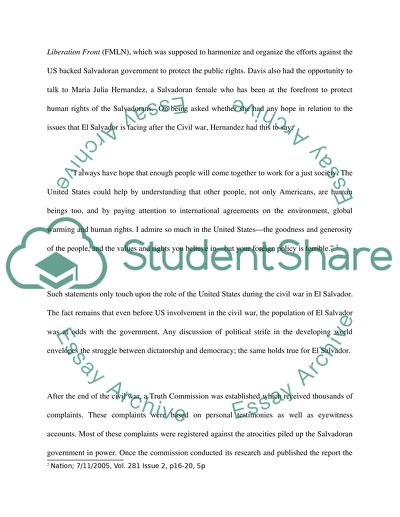Cite this document
(“The Salvadoran During The Civil War Essay Example | Topics and Well Written Essays - 2250 words”, n.d.)
Retrieved from https://studentshare.org/history/1565497-the-salvadoruan-experience-during-the-civil-war
Retrieved from https://studentshare.org/history/1565497-the-salvadoruan-experience-during-the-civil-war
(The Salvadoran During The Civil War Essay Example | Topics and Well Written Essays - 2250 Words)
https://studentshare.org/history/1565497-the-salvadoruan-experience-during-the-civil-war.
https://studentshare.org/history/1565497-the-salvadoruan-experience-during-the-civil-war.
“The Salvadoran During The Civil War Essay Example | Topics and Well Written Essays - 2250 Words”, n.d. https://studentshare.org/history/1565497-the-salvadoruan-experience-during-the-civil-war.


